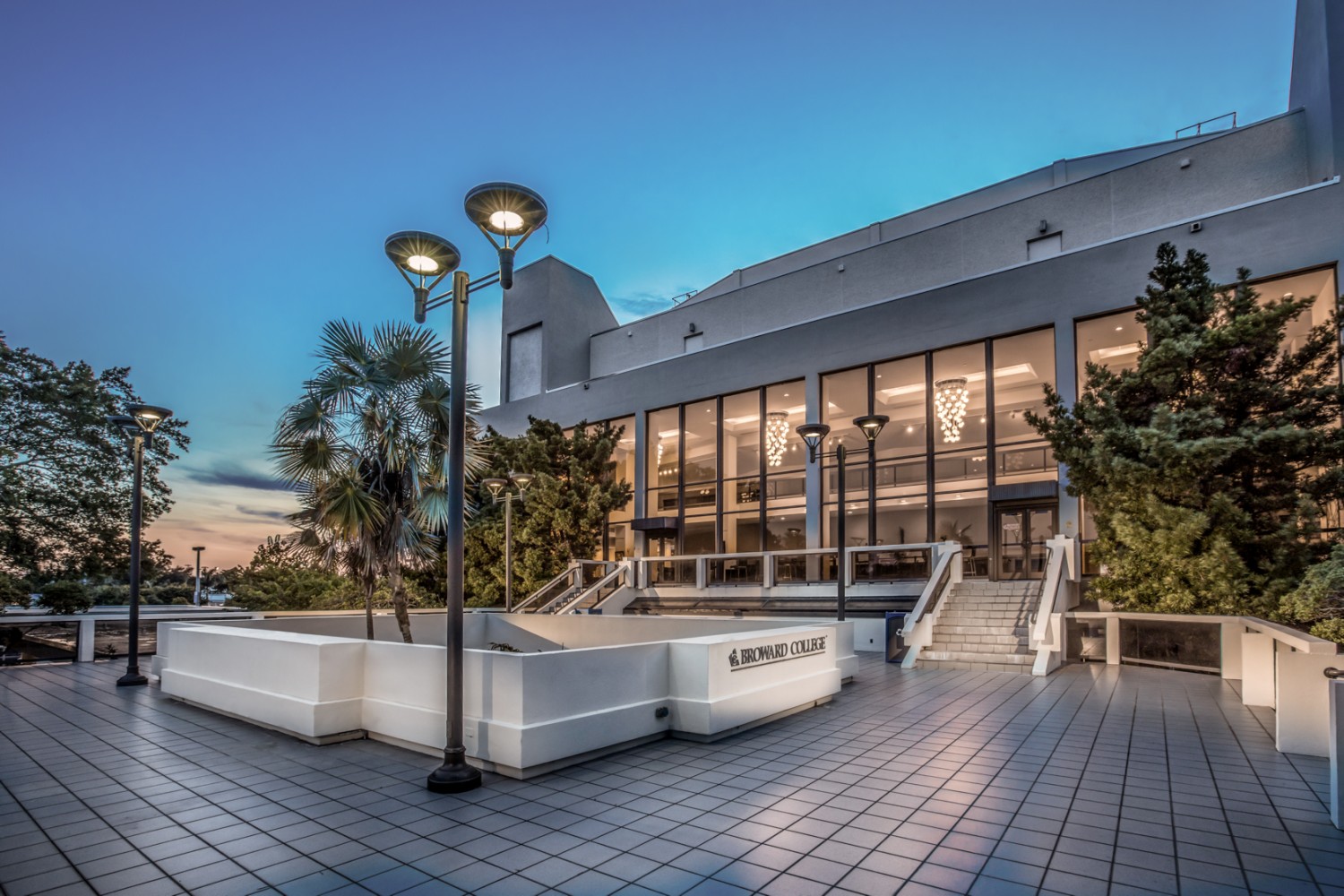
Ralph R. Bailey Hall
Campus President A. Hugh Adams envisioned it as a premier cultural performance facility, superb educational center for the arts and a destination for entertainment and culture lovers from the tri-county area.
Accessibility Options:

Campus President A. Hugh Adams envisioned it as a premier cultural performance facility, superb educational center for the arts and a destination for entertainment and culture lovers from the tri-county area.